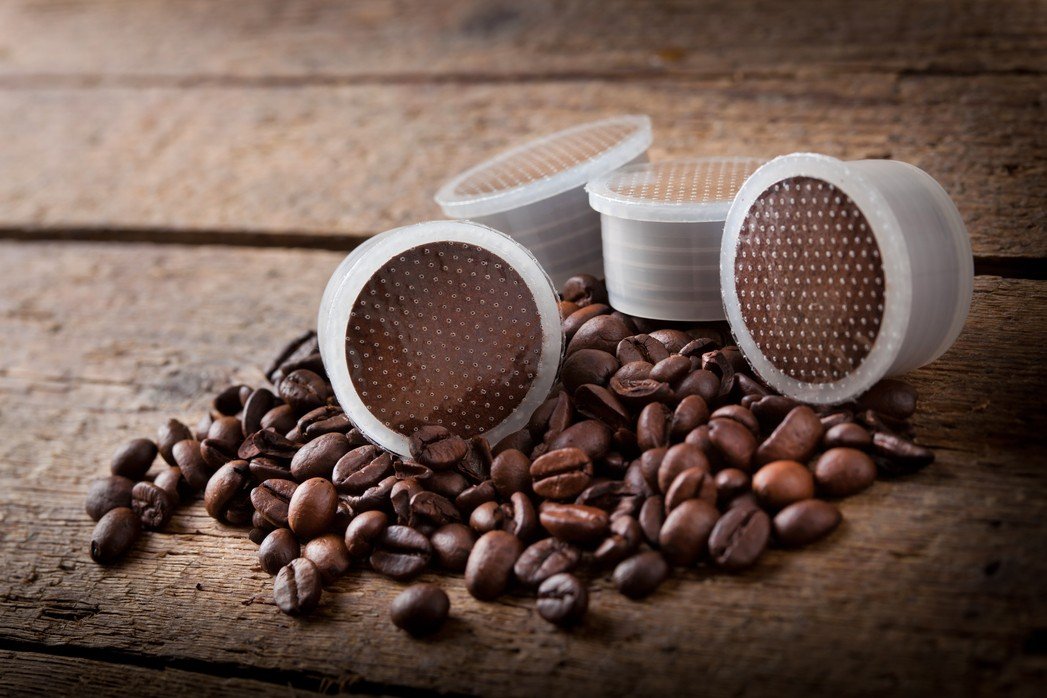
The Must Knows About Coffee Pods
Coffee is one of the essential beverages today. The antioxidant drink is an energy provider, a stress buster, a companion during catching up with friends, and an excuse to spend some time with your crush. Drinking coffee is a thing right now. So, coffee lovers, this is for you. The coffee world around us goes through constant change in formulations and recipes, and it is difficult to keep track of those changes, but we will help you understand the coffee pod compositions if you keep scrolling.
Let’s get going with the types of coffee that are retailed :
- Roasted Beans – Every coffee variant has to go through this process initially. The coffee cherries that are picked and open into green coffee beans, which are thereafter roasted. It’s the roasted coffee bean that is retailed.
- Ground Coffee – After the roasting is done, what we get is two hardened coffee beans per cherry of coffee, which are then grounded into either of the three variants of Espresso (or the minutely fine ground coffee), the filter coffee grind (it has medium coarseness), and the coarse texture (this has a rough texture and a dense composition)
- Instant Coffee – After the above two processes are complete, the end-product coffee is evaporated either by spray–drying or freeze-drying. The former is a medium quality instant coffee, while the latter is harder and of higher quality.

Now that we know the types, let’s get to know,
What Consists Of Coffee Pods?
If you have to open a coffee pod or capsule, it’s tough to determine the type of coffee used inside. So coffee pods majorly have ground coffee inside them because keeping finely grinded coffee for long can make the beverage bitter and weaker as all coffee needs is hot water. So coffee pods majorly have ground coffee since it yields the best cup of coffee from a pod.
Coffee pods are, on the other hand, made of a combination of plastic and aluminium. It takes 150 to 500 years for these pods to decompose. Even though aluminium is easily recyclable, it’s the small size of the pods that elongate the process, and the mix of materials to make the pod does not get it recycled through local recycling plants.
What Could Be The Possible Solution?
The coffee pods are mostly for single-use and become useless once the coffee has been poured, some are sent to the landfills while many of them end in water bodies too. The plastic content then affects wildlife.

So the possible measures can be,
- Reuse – You could always return the used coffee pods to shops that collect it. Many companies like Keurig, ‘Fill n Save’ ‘Ekobrew,’ offer reusable capsules. There are refillable and reusable coffee pods that can be cleaned and used daily.
- Mass Decomposition – Give away the used pods to those who collect it such that they can be industrially recycled as the industrial recycling is easy given that they do it under specific conditions and environments. Industry-certified compostable material is mostly used in the pod market since it breaks down faster than the conventional materials, but there is minimal infrastructure available for such decomposition.
- Switching to the other version – The home certified compostable pods could be composted in a home compost bin with the other biodegradable products at home, but the process of home composting is at the beginning stage. There are some limitations like costly machines, product designing. However, the research is on to implement the process at the earliest.
- Be environment and coffee friendly – Choose biodegradable coffee pods like the UrbanBrew has done because they break down in roughly two years in the landfills and hence are the best choice at the moment.
- Single-serve alternatives – The single-serve coffee systems do not use plastic pods. Instead, some of them have features that make 1-12 cups of coffee at a time, which again reduces the use of coffee pods.
The future of coffee pods is questionable since people are getting more environmentally conscious with the passing day, and there is not yet a concrete method that can fasten the process of composting the coffee pods. However, the above-mentioned measures can help users take care of the environment better and use coffee pods simultaneously.




